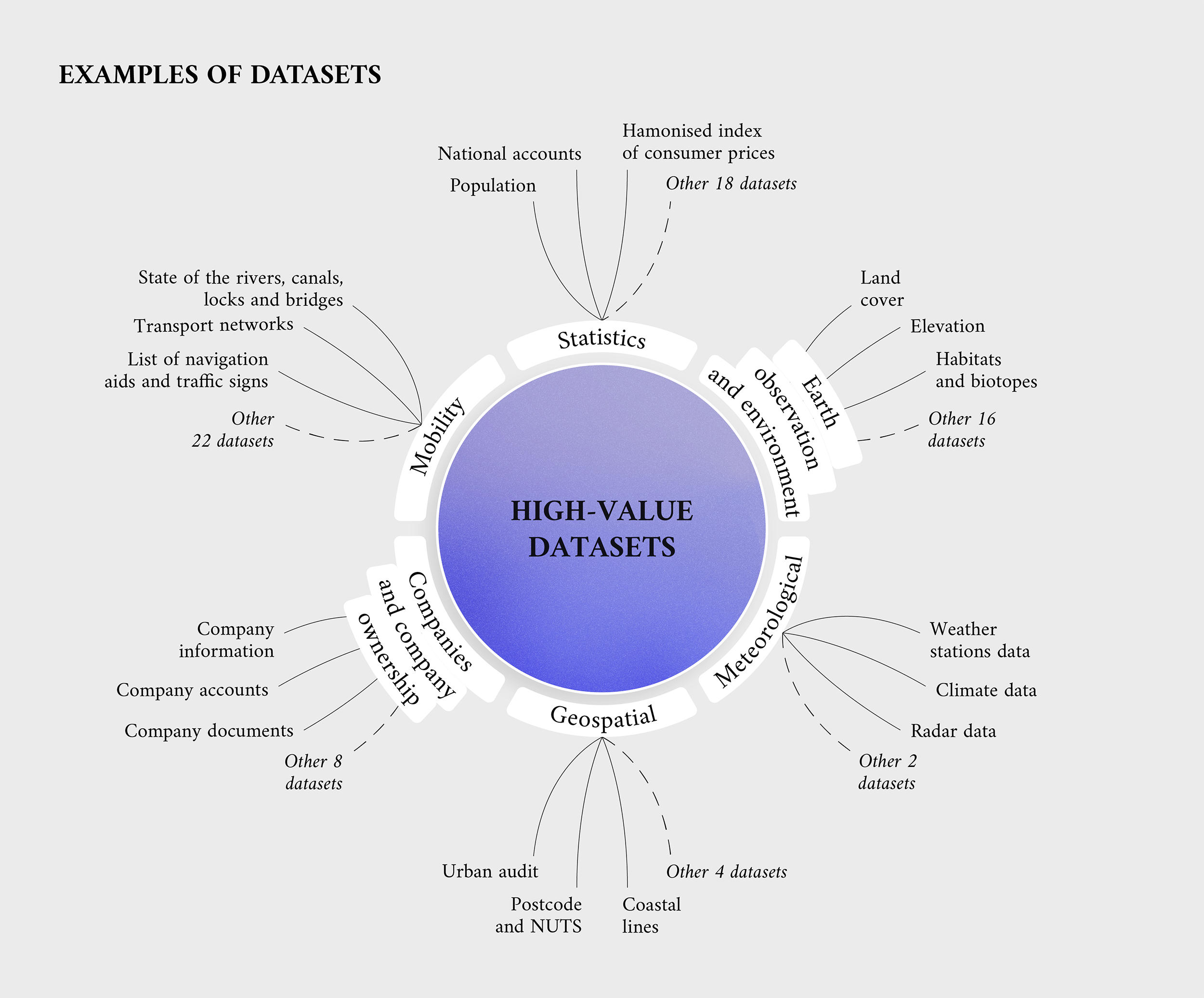I agree. In addition, only saying "this is HVD" will not be enough. We need to be able to annotate the dataset at least with the HVDs data topic like "company data", etc. This would mean curating an Authority table at EU Vocabularies containing the identified HVDs topics.




Userstories:
As a data provider (and/or national body responsible for reporting status on the availability on high value datasets) there is a need to denote datasets as HVD according to a common metadata standard accross EU (aka DCAT-AP) so that the Commission's reporting requirements can be automated as much as possible
As a data portal user (and possible data consumer), I need a fast and easy way of finding HVD accross memberstates, so that i don't spend my life searching for HVD on the national dataportals and/or on EDP.
Context: According to the public consultated Implementing Act of the ODD Directive (not final), High Value Datasets must be denoted as such in the data calalogs:
(5) Public sector bodies holding high-value datasets listed in the Annex shall ensure that the datasets are denoted as high-value datasets in their metadata description.
This points in the direction of possible automated reporting, using the national data portals (and/or EDP) as source.